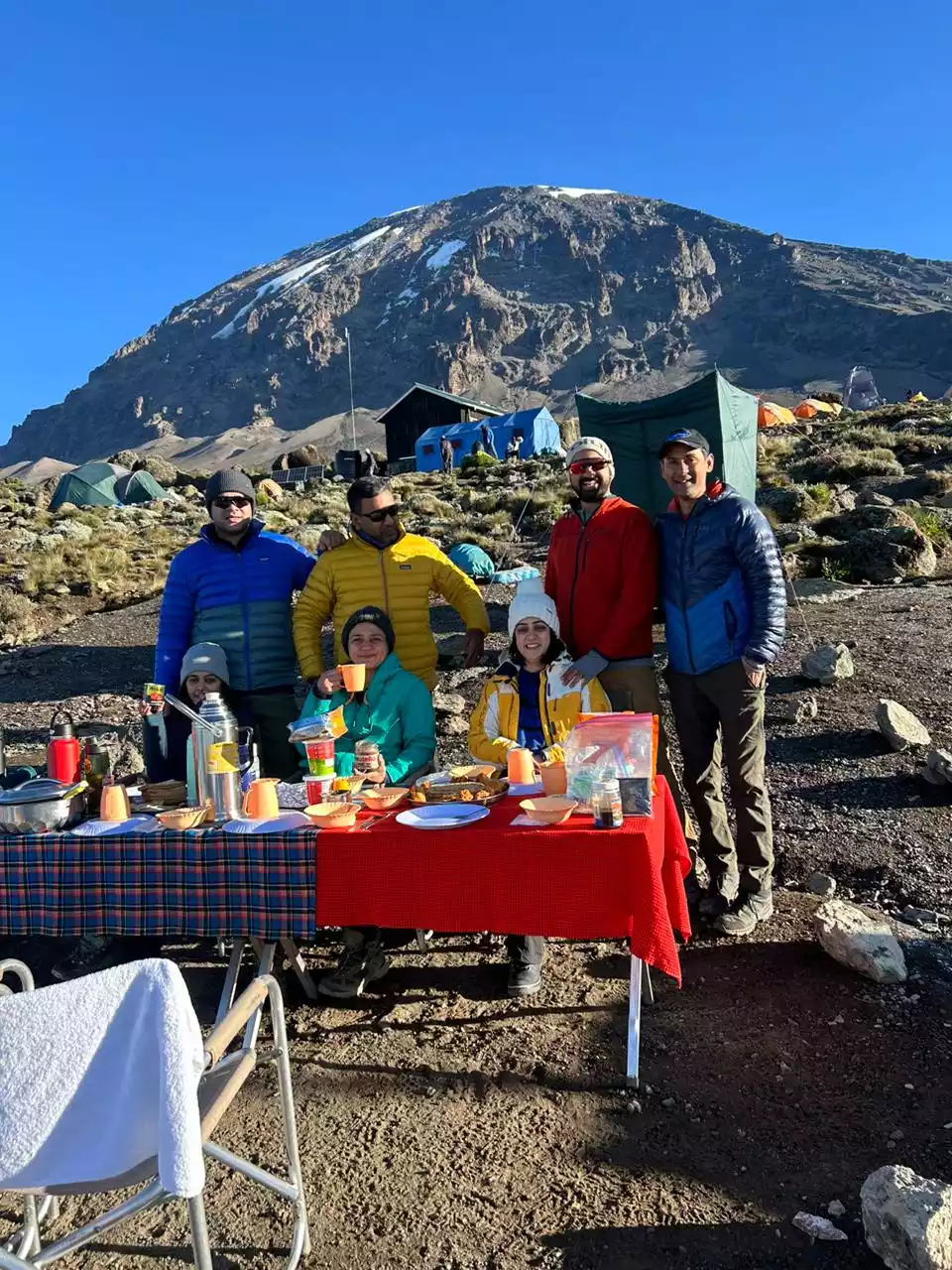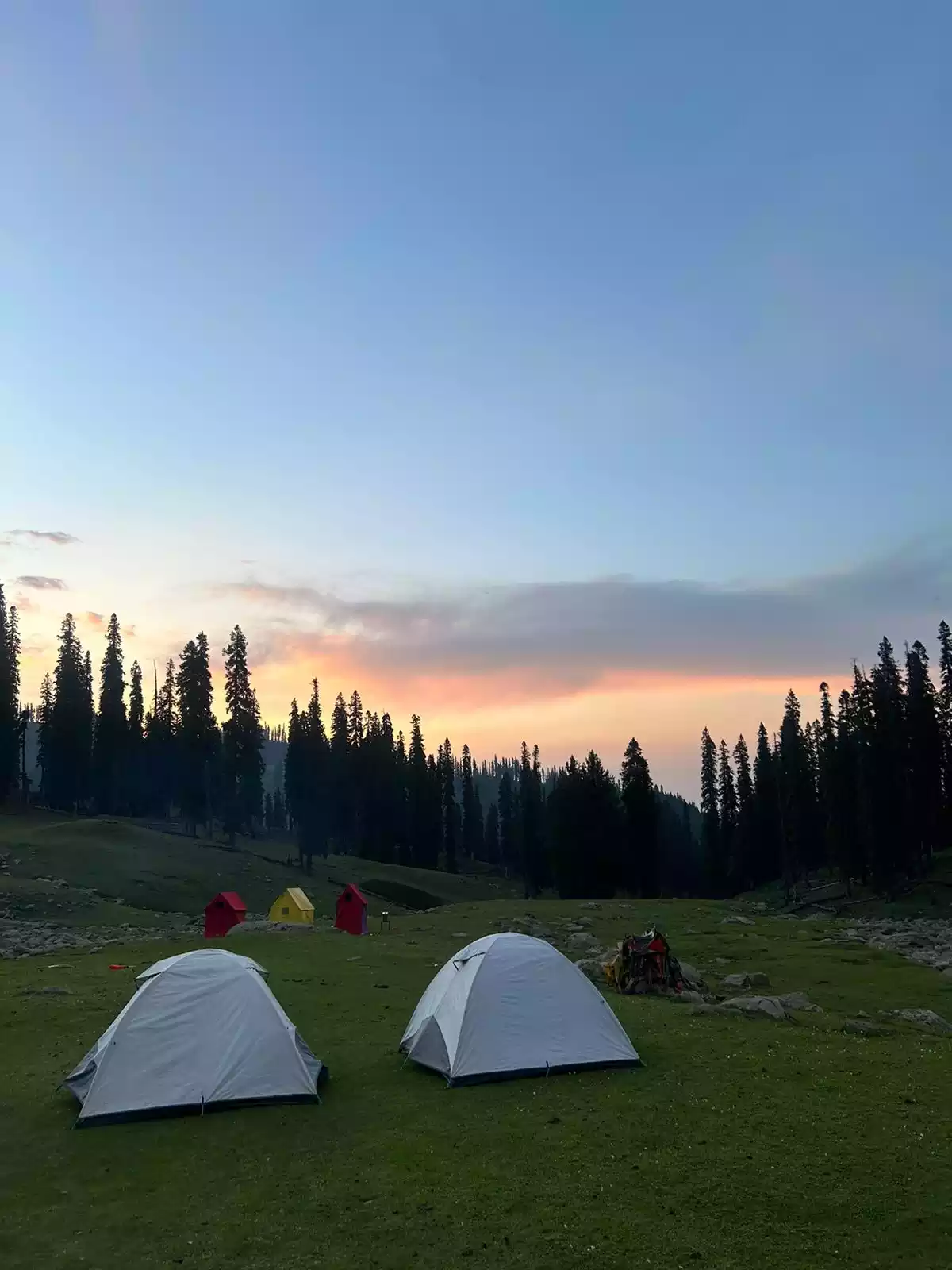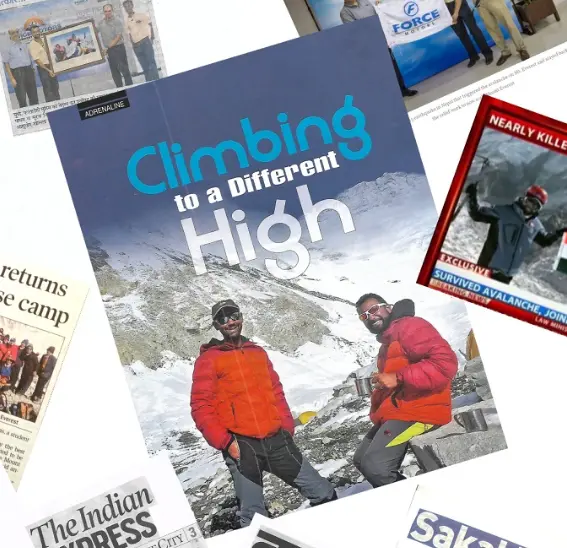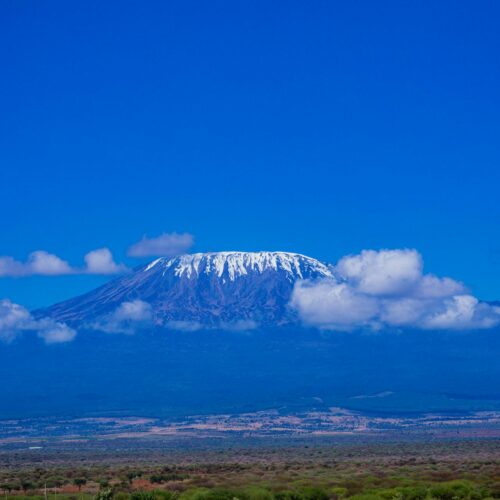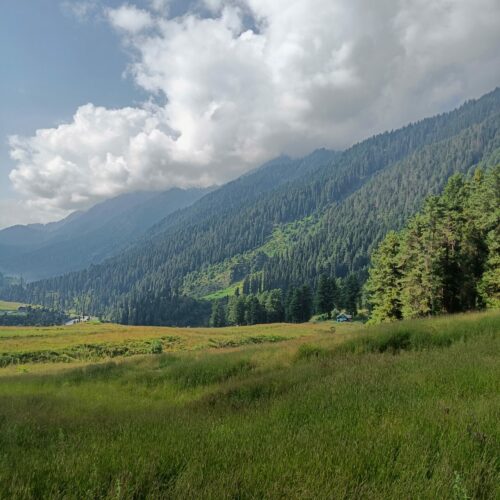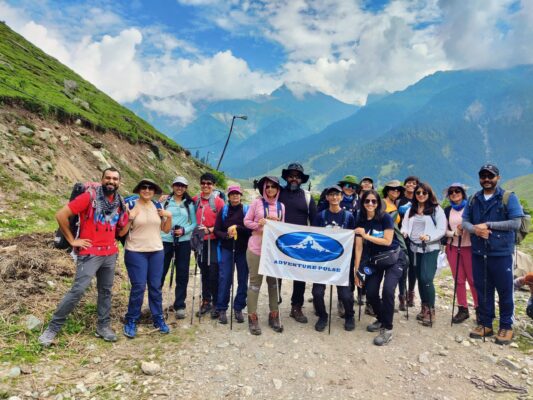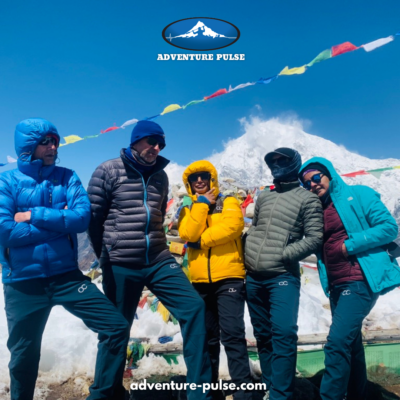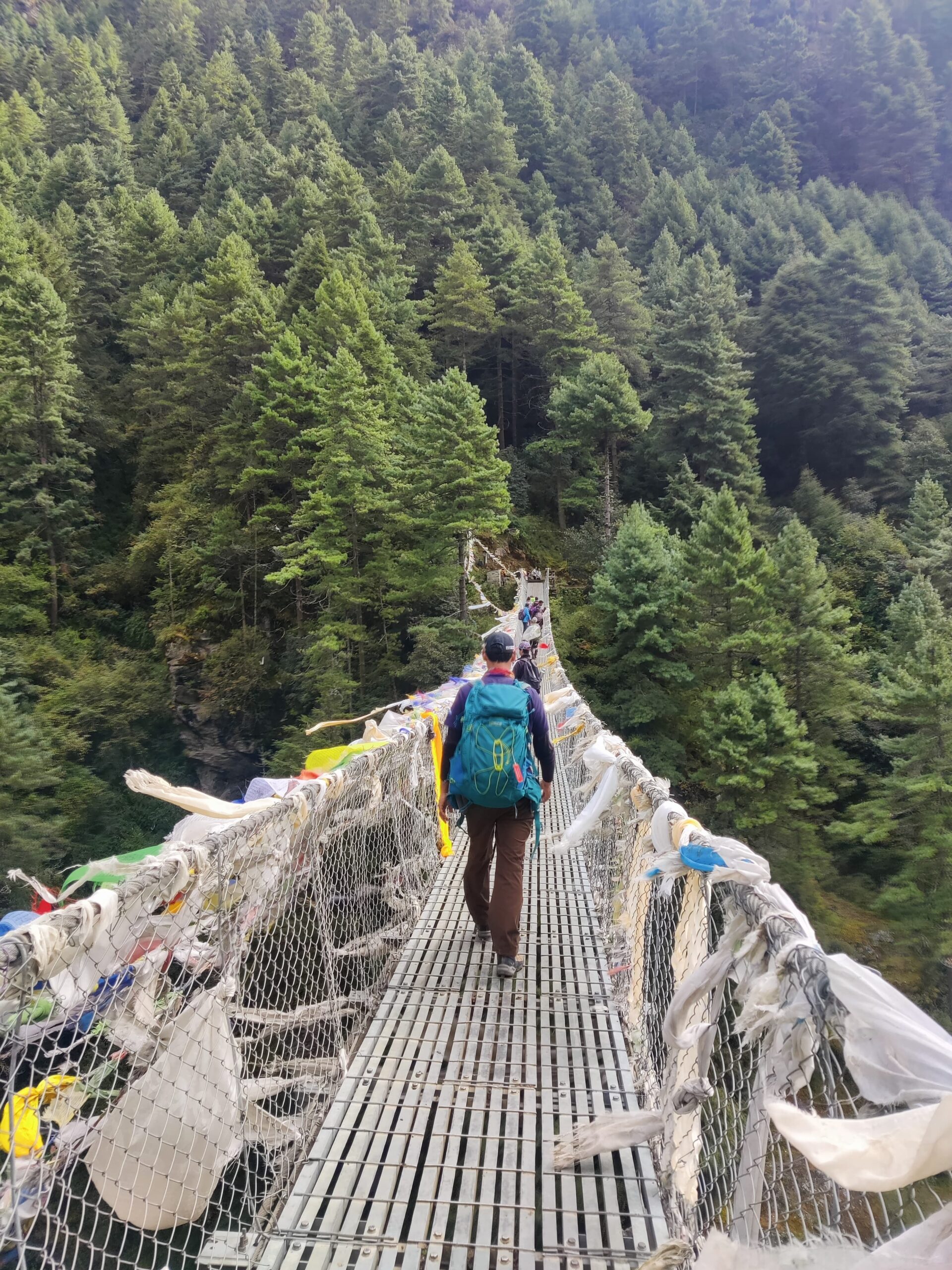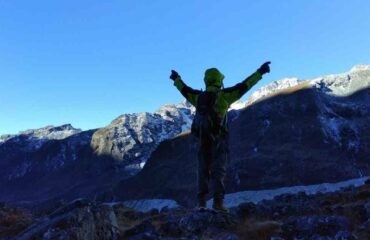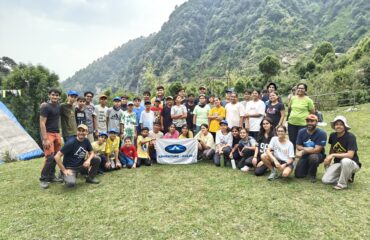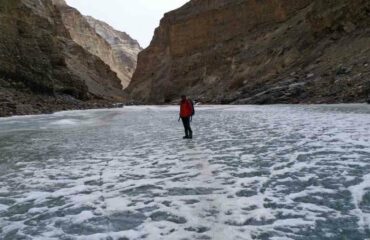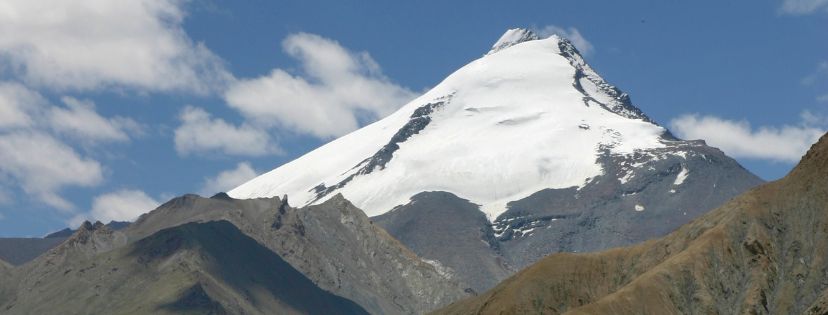
‘From a Trekker to a Climber: The Kang Yatse 2 Saga’
Introduction
Ladakh is a dream destination for trekkers, bikers, and mountaineers alike. The region is renowned for its stunning landscapes and high-altitude adventures. Mountaineers from around the world flock to Ladakh to conquer its towering peaks. Among these peaks, Kang Yatse 1, Kang Yatse 2, Mount Dzo Jongo, Mentok Kangri, Stok Kangri, and Go-leb Kangri are particularly sought after.
For adventurers looking to scale a peak above 6000 meters, Ladakh is the perfect destination. Kang Yatse 2, situated in the Markha region, offers an unforgettable experience for mountaineers. Its climb presents a challenge but rewards those who dare with an exhilarating ascent.

Overview
Kang Yatse is a dual-summit peak in the Markha region, consisting of Kang Yatse I (6400 meters) and Kang Yatse II (6250 meters). While both summits offer significant challenges, Kang Yatse 2 is considered less technically demanding than its taller counterpart, Kang Yatse I. Therefore, it serves as a great introduction to high-altitude mountaineering for those ready to push their limits.
The journey to Kang Yatse II offers an exciting opportunity for trekkers to transition into mountaineering, especially for those attempting their first 6000-meter climb. This guide will help you prepare for your climb by providing crucial information.
Accessibility of Kang Yatse 2
To begin your journey to Kang Yatse 2, you will first need to arrive in Leh, the capital of Ladakh. Upon arrival, it’s essential to take time to acclimatize to the region’s high altitudes. On Day 1, you’ll rest in Leh, and on Day 2, you’ll continue acclimatizing, perhaps by exploring Leh’s rich cultural heritage.
After sufficient acclimatization, you will drive to the Markha Valley, where your trek begins. Over the following six days, you will trek toward the base camp of Kang Yatse II, located at 5100 meters. After summiting Kang Yatse 2, you will descend to Chokdo village and return to Leh.
Itinerary Overview
- Day 01 – Arrival in Leh, overnight in a hotel.
- Day 02 – Rest and acclimatization in Leh, overnight in a hotel.
- Day 03 – Drive from Leh to Markha, trek for 3 hours, overnight in Markha.
- Day 04 – Trek from Markha to Thachungtse, overnight camping.
- Day 05 – Trek from Thachungtse to Nimaling, overnight camping.
- Day 06 – Trek from Nimaling to Kang Yatse 2 Base Camp, overnight camping.
- Day 07 – Base camp acclimatization and training.
- Day 08 – Summit Kang Yatse 2 and return to base camp.
- Day 09 – Buffer day for bad weather.
- Day 10 – Descend from base camp to Chokdo, drive back to Leh via Hemis Monastery.
- Day 11 – Fly out from Leh.
Best Season to Climb
The best time to climb Kang Yatse 2 aligns with the peak trekking season for the Markha Valley, which runs from July to September. During this period, temperatures are far more favorable, making the trek and summit attempt more comfortable. The summer months offer much-needed relief from the harsh winter conditions, which can be extremely cold and dangerous.
It’s important to avoid attempting the climb during the winter, as the freezing temperatures can pose significant challenges. Therefore, the months of July, August, and September are your best bet for a safe and successful expedition.
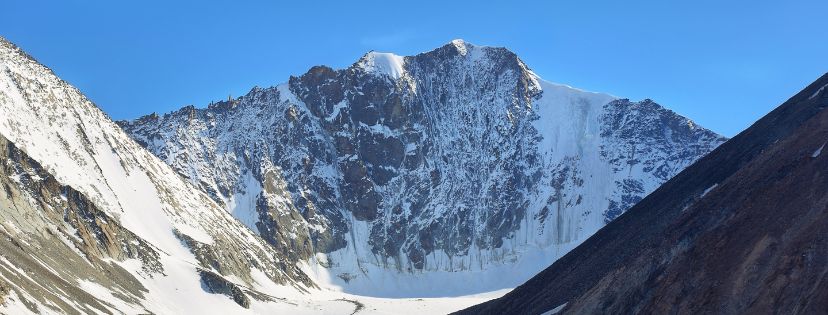
Temperature and Expected Weather
Temperatures during your trek from Leh to Thachungtse will typically be mild and manageable. Expect daytime temperatures ranging from 15 to 25 degrees Celsius. However, bad weather or strong winds may cause temperatures to drop to 8 to 10 degrees Celsius.
At night, temperatures generally fall between 2 and 5 degrees Celsius, with colder spells possible if there are strong winds or rain. As you ascend to higher altitudes, the temperature drops by 2 to 3 degrees Celsius for each 1000-meter increase in elevation.
At the base camp, situated at 5100 meters, daytime temperatures range from 0 to 8 degrees Celsius, while at night, temperatures may plummet to between -5 and -10 degrees Celsius. Upon reaching the summit, daytime highs can range from 0 to -10 degrees Celsius, and nighttime lows could dip as low as -30 degrees Celsius.
It’s important to begin the summit push early in the morning to take advantage of the relatively mild temperatures. However, the extreme cold can still pose challenges throughout the climb, so proper preparation is essential.
Terrain
The terrain on your way to Kang Yatse 2 is varied and challenging. Initially, you’ll encounter dry, rocky terrain, grass meadows, and sand dunes in the Markha Valley. River crossings will also be part of your journey as you make your way to the other side of the valley.
Approaching the base camp, the terrain becomes more rugged and barren. Loose rocks and uneven ground will test your footing. The final approach to the summit is covered with snow and crevasses, requiring the use of ropes to cross safely. The summit itself is surrounded by moraines and loose rocks, making it an especially technical section.
Communication Channels
In Ladakh, only postpaid networks tend to work well, with BSNL and Airtel being the most reliable providers. However, once you begin the trek, you’ll be out of range for most communication networks. While at the base camp or Chokdo, you will have some access to communication networks, but it’s important to inform your loved ones beforehand about the limited connectivity during the expedition.
Be aware that the Indian Army enforces strict regulations in the region. Devices such as satellite phones, pagers, walkie-talkies, drones, and similar equipment are prohibited in the valley.
Can a First-Time Climber Attempt Kang Yatse 2?
Yes, Kang Yatse 2 is an excellent choice for first-time climbers, especially those with trekking experience. The base camp sits at 5100 meters, which presents a challenge but is achievable for those who have completed high-altitude treks. While the climb is not easy, it provides a great opportunity to step into the world of mountaineering.
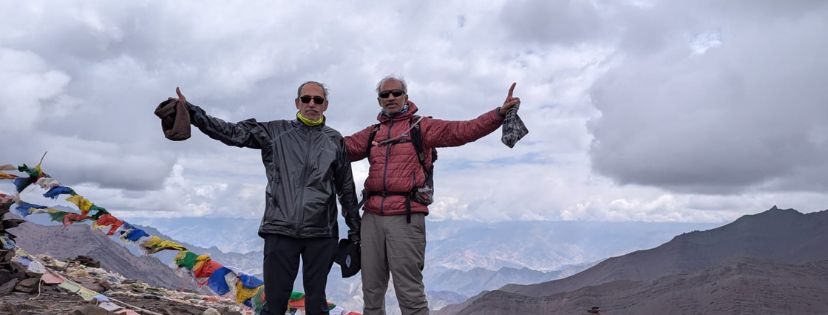
Challenges on Kang Yatse 2
Though the climb to Kang Yatse 2 is achievable for many, it still presents several challenges. Here are the key obstacles climbers may encounter:
- Weather Window: One of the biggest challenges when climbing Kang Yatse 2 is the weather. High-velocity winds and sudden weather changes can delay your summit attempt or make it dangerous. Waiting for a clear weather window is critical before making your final push to the top.
- Acclimatization: Ladakh’s high-altitude environment can cause altitude sickness, so proper acclimatization is vital. The base camp sits at 5100 meters, so taking time to adjust is crucial. Acute Mountain Sickness (AMS) can strike if proper acclimatization measures are not followed.
- Technical Difficulty: While the climb isn’t the most technical, it still requires specialized mountaineering gear such as crampons, ropes, carabiners, snow glasses, and ice axes. Steep sections and snow-covered crevasses demand attention and proper gear.
- Mental Block: The transition from trekking to climbing can be mentally taxing. The higher altitude, rugged terrain, and physical exertion required for the summit can sometimes cause mental fatigue. A positive attitude and mental toughness are key to overcoming these challenges.
Technicalities of Climbing Kang Yatse 2
Though Kang Yatse 2 is not the most technical peak in Ladakh, it still requires a solid understanding of mountaineering techniques. The trek to the base camp is manageable, but the final ascent includes navigating steep inclines, snow-covered crevasses, and loose rocks. Climbers should be roped up during these sections.
You’ll need crampons, ice axes, and helmets, particularly in icy conditions. The descent and steep parts of the climb also require careful coordination and the use of ropes for safety.

Required Equipment
In addition to regular high-altitude trekking gear, specialized mountaineering equipment is necessary for Kang Yatse 2. Key items include gaiters, crampons, climbing helmets, ice axes, and ropes. A complete list of required gear can be found on our website.
Physical and Mental Fitness
Climbing Kang Yatse 2 demands excellent physical fitness. Cardiovascular endurance and muscular strength are crucial, especially as the summit day can take between 12 to 15 hours. Proper training in endurance, strength, and flexibility will help ensure a successful ascent.
Mental fitness is equally important. The transition from trekking to mountaineering can be a significant mental challenge. The altitude, steep ascents, and physical exertion can be overwhelming at times. A positive mindset and resilience will help you push through these challenges.
Preparing for the Summit
At the base camp, you’ll spend an additional day acclimatizing and practicing with the climbing gear. This practice session includes familiarizing yourself with crampons, ropes, ice axes, and other essential equipment. It’s also an opportunity to ask any questions and clarify climbing techniques.
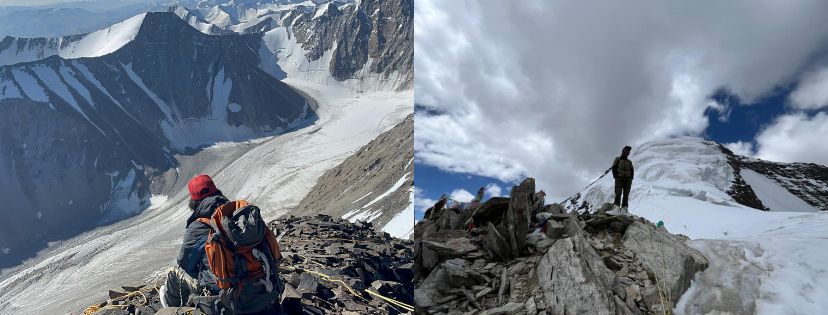
Safety and Fatality Chances
Climbing Kang Yatse 2 is relatively safe, with low fatality rates. However, success depends on good preparation, quality equipment, and an experienced guide. The main risks arise from harsh weather and high winds, but these can be mitigated by being well-prepared and having experienced support.
Adventure Pulse Campsites
Adventure Pulse provides excellent logistics to ensure your comfort during the climb. Upon arriving in Srinagar, you’ll spend your first night in a hotel in Leh. From there, you will camp at various points along the trek.

- Sleeping Area: Comfortable alpine dome-shaped tents will be provided. You’ll share these tents with one other climber. The tents are insulated and include sleeping mats and thick sleeping bags for warmth.
- Dining Area: A cozy dining tent with solar lighting will offer hot meals throughout the expedition.
- Toilet Facilities: Toilet tents with flushable toilets are provided, along with all necessary sanitizing supplies.
Meals on the Expedition
Adventure Pulse offers a variety of nutritious meals to fuel you throughout the trek. Meals include rice, roti, sabzi, daal, khichdi, and hot breakfasts and dinners.
Climbing with Adventure Pulse
Adventure Pulse, with over a decade of experience, offers expert guidance and logistics to ensure a safe and enjoyable climb. With a 100% safety record, Adventure Pulse provides experienced guides, proper gear, and a strong focus on safety for all climbers.

